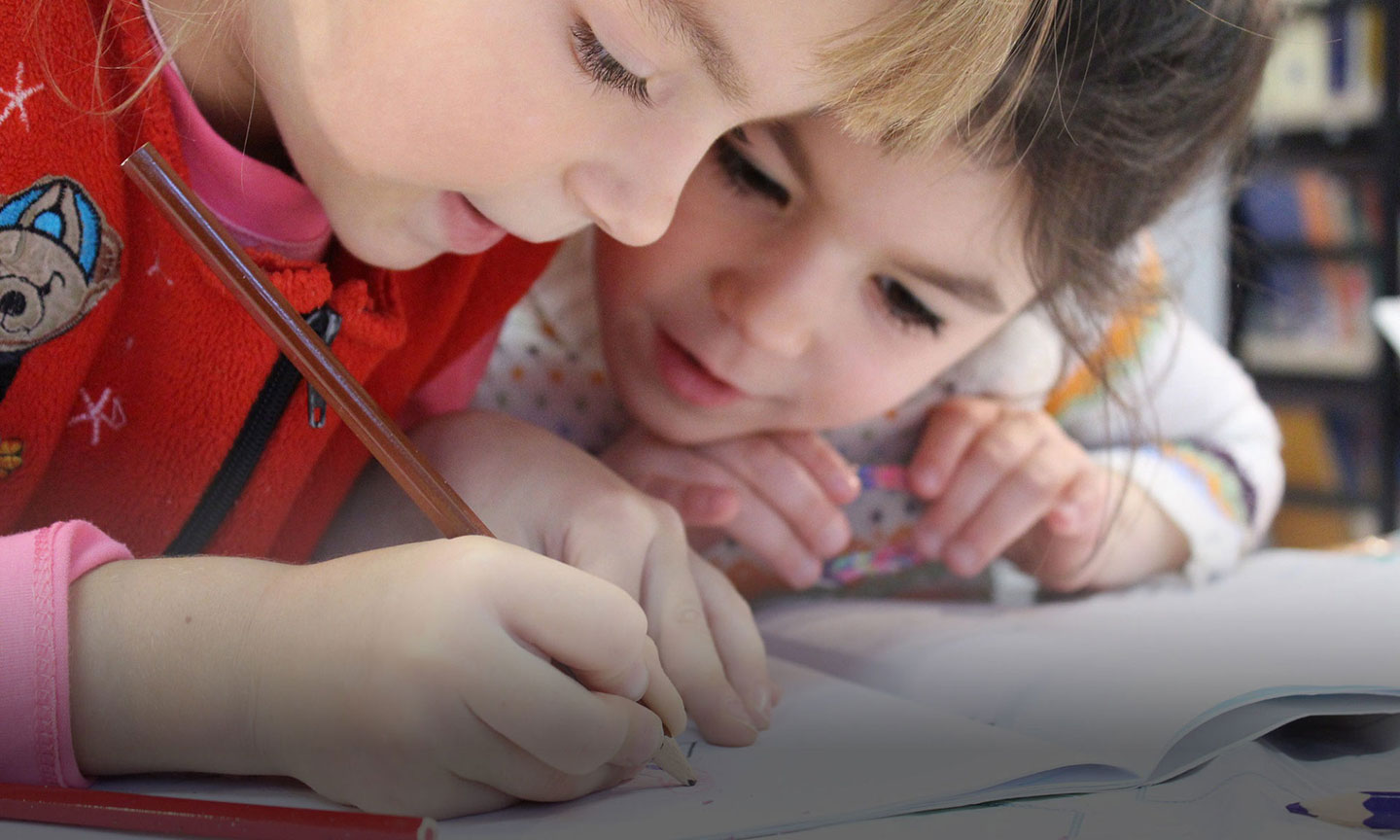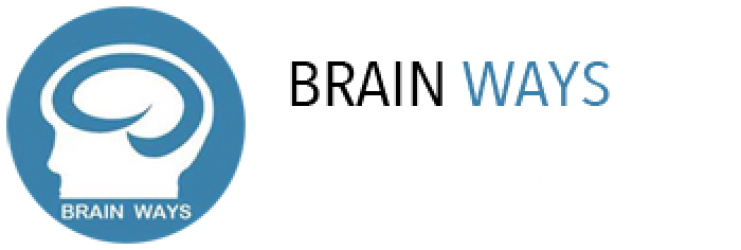 What Are Primitive and Postural Reflexes?
What Are Primitive and Postural Reflexes?
Many people who have cared for an infant are familiar with primitive reflexes: Turn an infant’s head to one side and the arm and leg on that side turn in the same direction (Asymmetric Tonic Neck Reflex). Stroke an infant’s low back on one side and their side muscles instantly contract (Spinal Galant Reflex). Surprised by a sound, the infant instantly spreads his/her hands wide, throws the head back, and opens eyes widely (Moro Reflex). Doctors often gauge the development of the child by the orderly progression of these reflexes.
Under optimal circumstances all reflexes “initiate” during the appropriate stage of the child’s development, “integrate” themselves as a fully functioning reflex, and then “inhibit” or fall away when it’s time to move on to the next developmental stage. It is vital that this occurs. If various reflexes fail to initiate, integrate and inhibit, the system is locked into a developmental holding pattern that prevents natural maturation of neural systems, inevitably leading to mild through severe learning and performance challenges.
For children, these challenges show up in the classroom, but few teachers know about retained reflexes. The child may find it hard to keep up with grade level expectations for academics or behavior. Some learners develop techniques for compensation, but it takes a lot of extra effort. Those children who are least able to cope often end up in specialized classrooms or alternative schools. They are at high risk for behavior and attitude problems, most often due to years of sheer frustration. Children and teens with reflex challenges grow into adults with reflex challenges. They may end up with limited career choices, or may simply have to work extremely hard for each success. In any case, the common denominator is the need for struggle and effort against the invisible pull of these reflexes.
Brain Ways does a half-hour assessment for Retained Primitive and Postural Reflexes. Those reflexes that have not integrated, are explained to the learner and his/her parent. A program of activities is scheduled. Most learners or clients can integrate within a few months with daily exercises.


 We all know the kids: they’re bouncing off walls, unable to wait their turn, so easily distracted that they just can’t focus on the task in front of them.
We all know the kids: they’re bouncing off walls, unable to wait their turn, so easily distracted that they just can’t focus on the task in front of them. BrainWays has found Visual Skills, or lack thereof, to be hugely important in the how and why kids have trouble in school. Clients havebeen labeled “dyslexic” and “ADHD” by Educational Psychologists, teachers, or others, even parents. But when the visual skills are checked, it is often the case that one or more skill is undeveloped. The best thing is that visual skills can be improved, thus “fixing the problem” within a matter of months!
BrainWays has found Visual Skills, or lack thereof, to be hugely important in the how and why kids have trouble in school. Clients havebeen labeled “dyslexic” and “ADHD” by Educational Psychologists, teachers, or others, even parents. But when the visual skills are checked, it is often the case that one or more skill is undeveloped. The best thing is that visual skills can be improved, thus “fixing the problem” within a matter of months! Auditory processing is one of the most common of the SID/Sensory Integration Dysfunctions that significantly interferes with development and learning. In school, a child with auditory issues may use lots of mental energy to block out seemingly minor distractions such as the sound of another child writing, book pages being turned, or someone walking in the classroom. The sound of a marker squeaking on a board or a ringing school bell may be excruciating. Obviously, if a child is overly sensitive to potentially noxious sounds, s/he will be unavailable for learning. The child who finds it difficult to process auditory input from the left when there is any noise at all from the right is at a loss when new information is presented orally from his left side. Sensory-based auditory difficulties are frequently found in children with developmental delays and learning disorders, as well as ADHD.
Auditory processing is one of the most common of the SID/Sensory Integration Dysfunctions that significantly interferes with development and learning. In school, a child with auditory issues may use lots of mental energy to block out seemingly minor distractions such as the sound of another child writing, book pages being turned, or someone walking in the classroom. The sound of a marker squeaking on a board or a ringing school bell may be excruciating. Obviously, if a child is overly sensitive to potentially noxious sounds, s/he will be unavailable for learning. The child who finds it difficult to process auditory input from the left when there is any noise at all from the right is at a loss when new information is presented orally from his left side. Sensory-based auditory difficulties are frequently found in children with developmental delays and learning disorders, as well as ADHD.